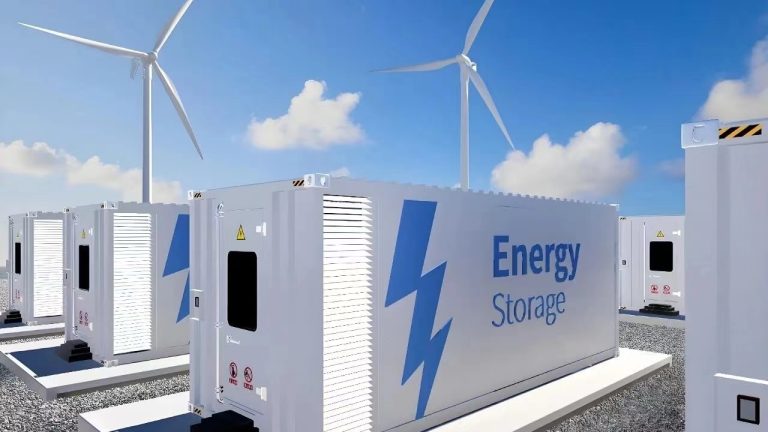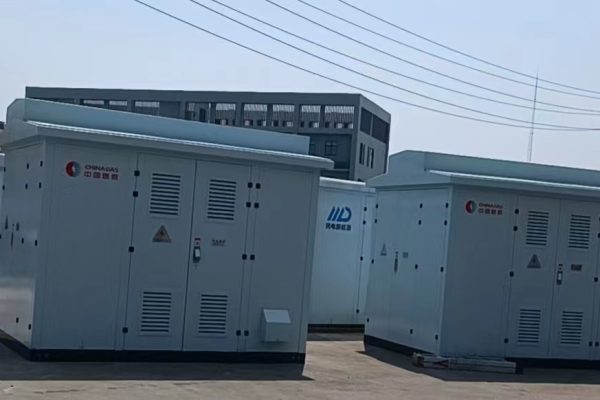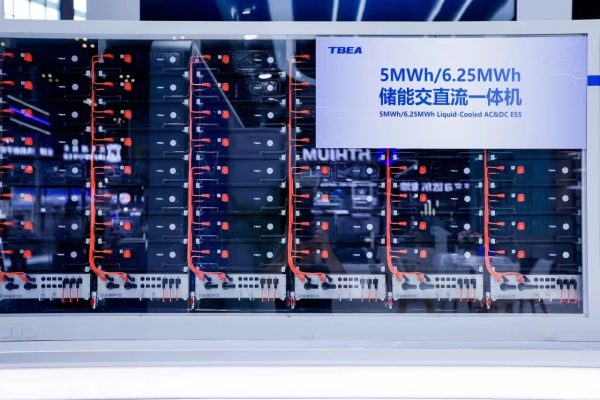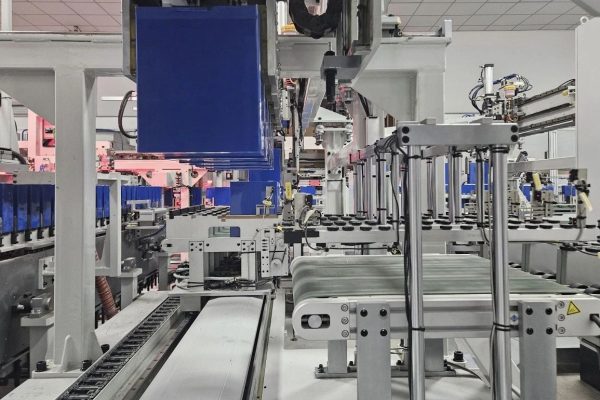For remote industrial sites, the challenge of maintaining a reliable and cost-effective energy supply can be significant. These sites often face grid limitations, including unreliable grid access, high transmission costs, or even complete isolation from the central grid. As a result, remote industrial sites require innovative energy solutions that can provide consistent power while reducing operational costs.
One of the most promising solutions for remote industrial sites is the design and implementation of microgrids. A microgrid is a localized energy system that can operate independently or in conjunction with the main grid. By incorporating renewable energy sources (such as solar, wind, or hydro), energy storage, and advanced control systems, microgrids provide a resilient and sustainable solution to power needs.
This article delves into the design principles of microgrids for remote industrial sites, offering a replicable solution framework, a real-world case study, and key technical insights for optimal design and deployment.
1. Understanding Microgrids for Remote Industrial Sites
A microgrid is a small, decentralized network that generates and stores electricity locally. Microgrids can function as part of the larger grid or independently in island mode. For remote industrial sites, microgrids are typically designed to meet the energy needs of a specific location and reduce dependency on unreliable or expensive grid connections.
The key components of a microgrid include:
- Renewable Energy Sources: Solar panels, wind turbines, and sometimes hydropower, to reduce reliance on fossil fuels.
- Energy Storage Systems: Batteries or other energy storage systems (e.g., flywheels) to store energy produced by renewable sources for use during periods of low production or high demand.
- Power Conversion Systems (PCS): Inverters and other systems to manage the flow of electricity and convert DC to AC when necessary.
- Energy Management Systems (EMS): Software that controls the generation, storage, and distribution of electricity to balance demand, optimize efficiency, and ensure stability.
Microgrids can be designed to operate autonomously, providing reliable power even during grid outages or disruptions, which is especially important for remote industrial operations that cannot afford downtime.
2. Microgrid Design Considerations for Remote Industrial Sites
Designing a microgrid for a remote industrial site involves a detailed assessment of energy demand, available resources, and local conditions. The following considerations are crucial for optimizing the design:
a) Assessing Energy Demand
Understanding the energy needs of the industrial site is the first step in designing a microgrid. Key factors to evaluate include:
- Peak load: The highest energy demand during a given time period, which typically occurs during specific operations or seasons.
- Base load: The minimum energy demand that is consistent throughout the day or year.
- Load profiles: Identifying how energy consumption fluctuates throughout the day (e.g., machinery, HVAC, lighting).
This data helps determine the generation capacity and storage requirements of the microgrid. The goal is to ensure that the microgrid can meet peak demands while maintaining a sustainable energy supply during low-demand periods.
b) Selecting Renewable Energy Sources
The choice of renewable energy sources for a remote industrial site depends on the local environment and available resources. The most common renewable sources for microgrids are:
- Solar Power: Widely used due to its scalability and relatively low cost, especially in sunny regions.
- Wind Power: An ideal option for sites with consistent wind patterns, such as coastal or mountainous areas.
- Hydropower: Suitable for sites near flowing water, though often more complex and expensive to implement.
- Biomass: In some cases, biomass can be used for distributed generation, especially in agricultural or forestry-based sites.
The energy mix should be site-specific, with solar and wind being the most common sources for remote industrial sites. Hybrid systems that combine two or more renewables can provide higher reliability and reduce the intermittency of a single energy source.
c) Energy Storage Solutions
Energy storage is crucial for maintaining the reliability of a microgrid, especially when relying on intermittent renewable energy sources. Storage systems help manage fluctuations in supply and demand, ensuring a steady energy supply during periods when generation is low.
- Lithium-ion batteries are commonly used in microgrids due to their high energy density, long cycle life, and efficiency.
- Flow batteries or flywheels are alternative options, particularly for sites requiring high cycle stability or larger storage capacities.
- Thermal storage can also be used in certain industrial applications (e.g., for heating or cooling processes).
d) Power Conversion and Control Systems
The microgrid needs an efficient power conversion system (PCS) to manage the electricity flow. This includes inverters, battery management systems (BMS), and grid synchronization equipment. The system must be capable of switching between grid-connected and islanded operation seamlessly.
The Energy Management System (EMS) is at the heart of the microgrid, controlling:
- The optimal dispatch of electricity from renewable generation and storage.
- The coordination of demand-side management, ensuring that energy is used efficiently across the site.
- Real-time monitoring and control to ensure the system remains stable and cost-effective.
3. Case Study: Microgrid for a Remote Mining Operation
Background
A mining operation in a remote area of Northern Australia relied on diesel generators for power. The site was isolated from the main grid, and the cost of importing diesel fuel was significant. The environmental impact of using fossil fuels also posed a long-term challenge.
The Solution
The mining company decided to implement a microgrid to reduce fuel costs, minimize environmental impact, and improve energy reliability. The microgrid design included:
- 300 kW solar PV array to generate renewable energy.
- 1 MWh lithium-ion battery storage to store energy for use during non-sunny periods and to provide grid stability.
- 50 kW wind turbine to supplement solar generation during windy periods.
- EMS to optimize energy production and usage.
- The microgrid was designed to operate autonomously during grid outages, providing continuous power to critical mining operations.
Results
- The microgrid successfully reduced diesel consumption by 60%, leading to significant fuel savings.
- The system provided uninterrupted power during grid outages, improving productivity and safety.
- ROI was achieved in 3.5 years, thanks to fuel savings and reduced maintenance costs.
- The system helped the mining operation meet its sustainability goals by significantly lowering its carbon emissions.
4. Key Technical Insights for Microgrid Design
a) Hybrid Energy Solutions
A hybrid microgrid, which combines multiple renewable energy sources, is often the most reliable solution. Combining solar with wind or biomass can minimize the intermittency of each source and ensure a consistent energy supply. For sites with fluctuating energy demands, a hybrid solution also offers more flexibility and reliability.
b) Scalable and Modular Design
Microgrids should be designed to be scalable and modular, allowing for easy expansion or modification as energy needs change. This approach reduces the initial investment while providing long-term adaptability. For example, additional storage capacity or renewable generation can be added to the system as the industrial site expands or as energy demands increase.
c) Advanced Energy Management
A sophisticated EMS is critical to optimizing the performance of the microgrid. Advanced features like predictive analytics, machine learning, and real-time optimization can help balance energy supply and demand, reduce waste, and enhance overall system efficiency.
d) Grid-Connected and Island Mode
A microgrid must be able to seamlessly switch between grid-connected mode (when grid power is available) and islanded mode (when the grid is down). This requires robust synchronization and protection systems to ensure the microgrid operates safely and reliably in both modes.
Designing and implementing a microgrid for remote industrial sites offers a sustainable, reliable, and cost-effective solution to meet energy needs. By combining renewable energy sources, energy storage, and advanced energy management, industrial sites can reduce reliance on expensive and unreliable grid power, lower operational costs, and achieve long-term sustainability goals.
For EPCs, system integrators, and energy managers, understanding the key principles of microgrid design and implementing best practices is essential for successful deployment and maximizing the value of these systems.









